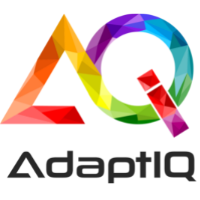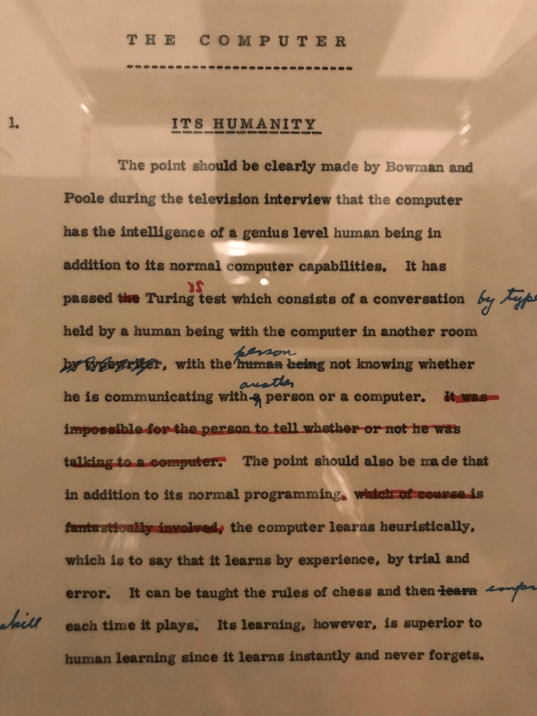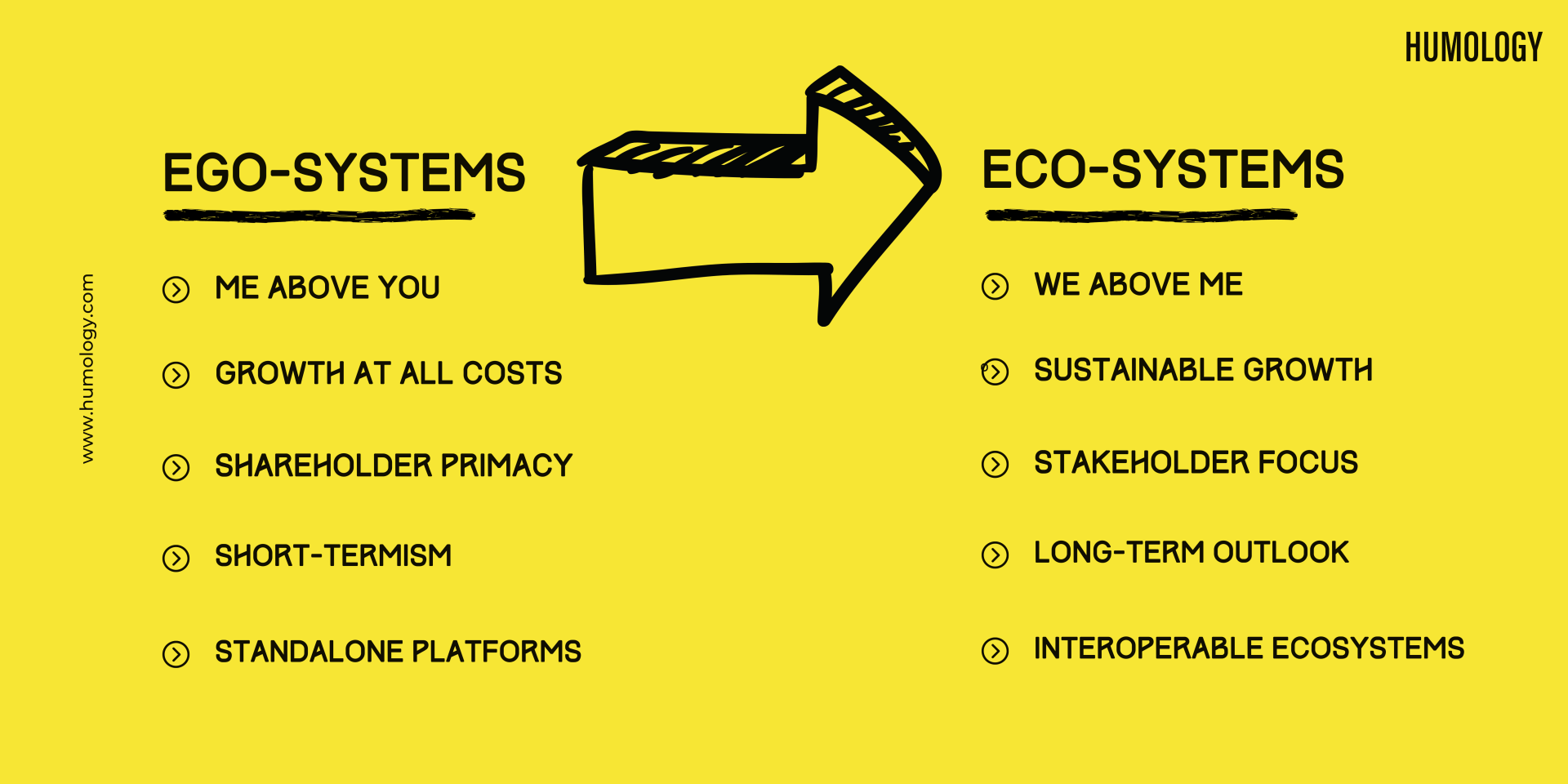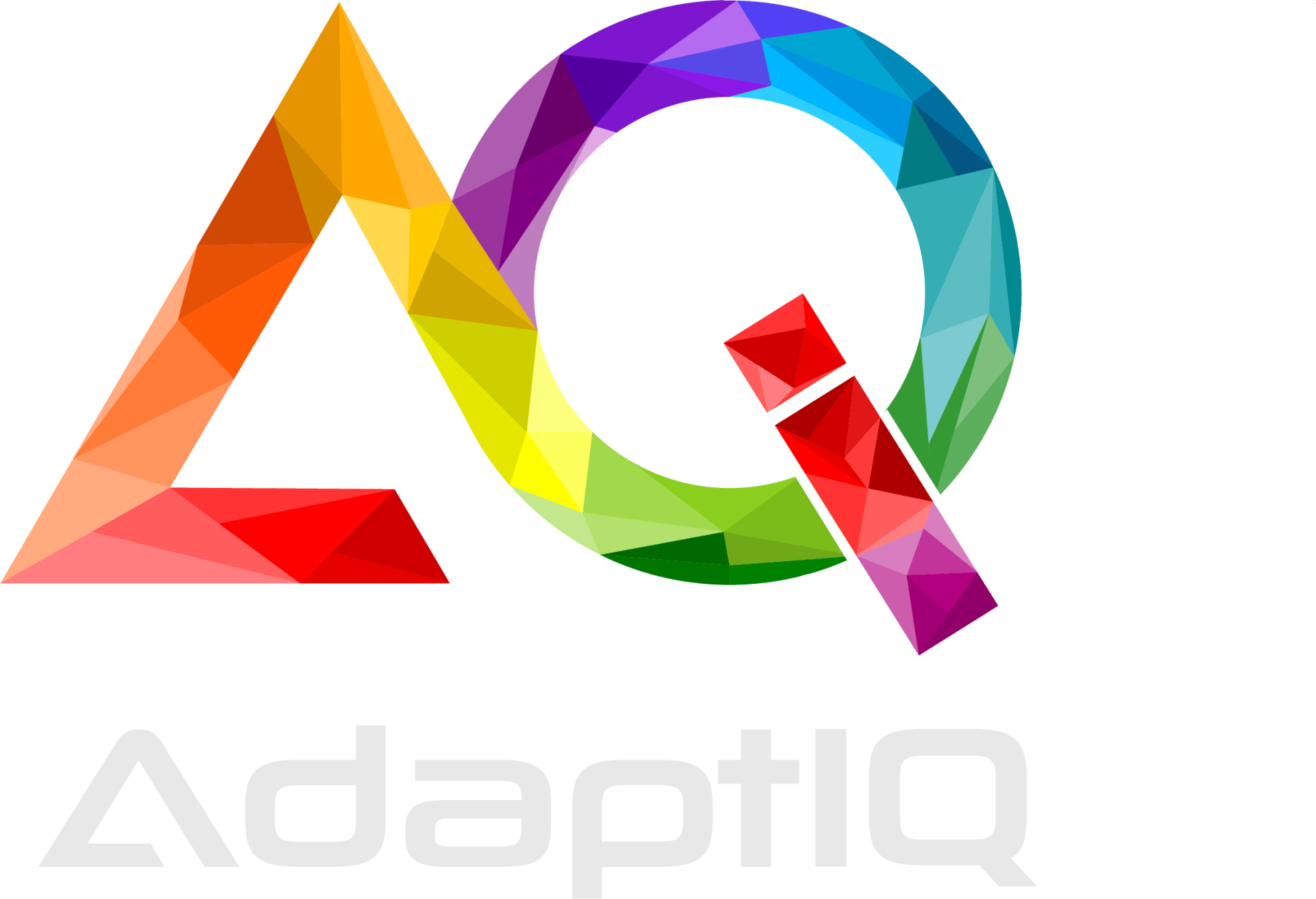
AI Could Be The Moon Landing Of Our Generation
Never before in our history have so many technological advancements emerged in parallel, and in combination, carrying so much impact. A decade ago, smartphones did not exist. Three decades ago, the world wide web was launched — and the world as we knew it changed forever. Each new generation of technology stands on the shoulders of its predecessors, and if it feels like the pace of change is faster than ever, that’s because it is! We are in the midst of a period of profound and rapid advancements in technological capabilities — and if we are to believe the hype, it’s not about to slow down within our lifetime.
Futurist Ray Kurzweil has fueled many provocative headlines with his lofty, yet often accurate predictions — a kind of Nostradamus for the Digital Age. He predicted that a computer would beat the world’s best human chess player ‘by the year 2000’, and in May 1997, World Champion Garry Kasparov was defeated by IBM’s Deep Blue computer. He also predicted the explosive growth of the internet in the early 1990’s and foresaw the preferred mode of accessing the internet would be wireless. One of his more controversial hypotheses is the concept of accelerating intelligence, culminating in the singularity — the point at which artificial intelligence surpasses human intelligence through a series of rapid self-improvement cycles. Yuval Noah Harari discusses many of the potential societal and political challenges associated with this hypothesis in his most recent book ’21 Lessons for the 21st Century’ — including worker displacement, shifts in how corporates organize teams, ethics and bias in algorithms, globalization implications for sovereign governments, and who will own all the data.
“I fear the day that technology will surpass our human interaction. The world will have a generation of idiots”
— Albert Einstein
Thankfully, us humans are inclined to get swept up in the hype and overstate the pace of change when predicting the future. While the movie ‘Back to the Future’ correctly predicted personal drones, biometrics and smart watches — we have yet to see hoverboards on our streets and self-drying size-adjusting clothing in our shops.
Recently, on a trip to New York, I visited the Museum of the Moving Image to take in Stanley Kubrick’s Space Odyssey Exhibition ‘Envisioning 2001’. Aside from the mounds of creative genius involved in bringing this production to life, what struck me most was Kubrick’s own thoughts on Machine Learning, and Artificial Intelligence in general — captured in his personal notes 55 years ago !

In the movie ‘2001 — A Space Odyssey’, HAL 9000 (taking its name from a H euristically Programmed AL gorithmic Computer) was imagined as an artificial general intelligence system that was not only capable of NLP, NLG, speech, automated reasoning, and machine learning — but eerily equally capable of lip reading and interpreting emotional behaviours. Kubrick explains: ‘Its learning, however, is superior to human learning since it learns instantly and never forgets’
In this now iconic clip from the movie, HAL 9000 provides a stark warning of a dystopian future of AI when he overrules his human team mate based on his better judgement:
Similar views were echoed in the 2018 documentary ‘ Do You Trust This Computer’. The film features views from technology experts such as Tesla founder Elon Musk, Google Brain founder Andrew Ng, Affectiva chief executive Rana el Kaliouby, Osaka University professor Hiroshi Ishiguro, OpenAI director Shivon Zilis and ‘Westworld’ co-creator Jonathan Nolan. Musk joins a growing chorus of experts warning that intelligent machines are already fundamentally changing our society by amassing personal data, advancing science and medicine and beginning to create new forms of super intelligence.
The Future Holds Endless Potential
Whether or not you believe in the theory of singularity, or buy into the dystopian view of the future, artificial intelligence has much to offer society and the future of work. AI can significantly contribute to tackling some of the world’s most challenging health and societal problems — including
- the fight against climate change, (read: How Artificial Intelligence Can Tackle Climate Change
- the challenges of sustainability and demographic change, (read: How AI is Revolutionizing Elderly Care )
- the protection of our democracies, (read: Mr. Robot Goes to Washington: How AI Will Change Democracy) , and
- the fight against crime. (read: A Look At New AI Tools Being Used To Fight Crime )
Recently, a team of MIT and Harvard researchers built a neural network (an algorithm inspired by our brain’s structure) and trained it to spot molecules that inhibit the growth of the Escherichia coli bacterium using a dataset of 2,335 molecules — including a library of 300 existing approved antibiotics and 800 natural products from plant, animal and microbial sources. They then asked the network to predict which would be effective against E coli but may not conform to existing patterns of conventional antibiotics. The algorithm produced 100 candidates for testing — one of which proved to be active against a wide spectrum of pathogens. They named this discovery ‘halicin’ after HAL 9000! Similar trials are ongoing in an effort to contain the recent COVID-19 outbreak.
The Call for Trust and Equity
While there is widespread alignment that AI has much to offer humanity, governments and corporates alike are upping the pace on creating a framework that protects our human rights and promotes trust in emerging AI and Big Data projects. In one of the less likely collaborations, Pope Francis, Microsoft and IBM have backed a document that outlines how artificial intelligence, including facial recognition technology, should be regulated. The Rome Call for AI Ethics outlines the ‘six commandments’ for AI.
The Vatican has dedicated significant resources to
researching what AI, robotics and other emerging tech could mean for humanity. ‘In order for AI to act as a tool for the good of humanity and the planet, we must put the topic of protecting human rights in the digital era at the heart of public debate’
The European Commission also released a whitepaper in February 2020, aimed at promoting trust within the AI ecosystem with a view to unlocking the many benefits for citizens, companies and society as a whole, ‘provided it is human-centric, ethical, sustainable and respects fundamental rights and values’
For every dystopian headline, there is a corresponding declaration of a utopian future for technology. In this world, humans are ably assisted by force-multiplier AI systems that can process and analyse volumes of data impossible for the human mind. Humans spend more time researching, problem-solving, and creating a better future where tech and humanity coexist in peaceful harmony.
Success Lies in Collaboration, Trust and Integrity
In his 1990 book, The Age of Intelligent Machines , Kurzweil also predicted the establishment of a global government, or cosmocracy, by 2020 — driven by the inability of local government to control and track data flows across borders. We may not yet have a cosmocracy in our sights but what is becoming clear is that advances in artificial intelligence depend on team effort. The collaboration of government, business, citizens, NGOs, and academics, is paramount to creating a healthy ecosystem with trust and integrity at its core. The real power of AI lies in the aggregation of large, diverse, clean data sets currently in the hands of separate stakeholders in the ecosystem, for the greater benefit of society. Whether this can be achieved through voluntary, or mandated, collaboration will unfold in the coming years.
In the words of McKinsey — AI could be the moon landing of our generation, an inspiring scientific leap forward that brings huge benefits to mankind. Will you be a spectator or a participator?




